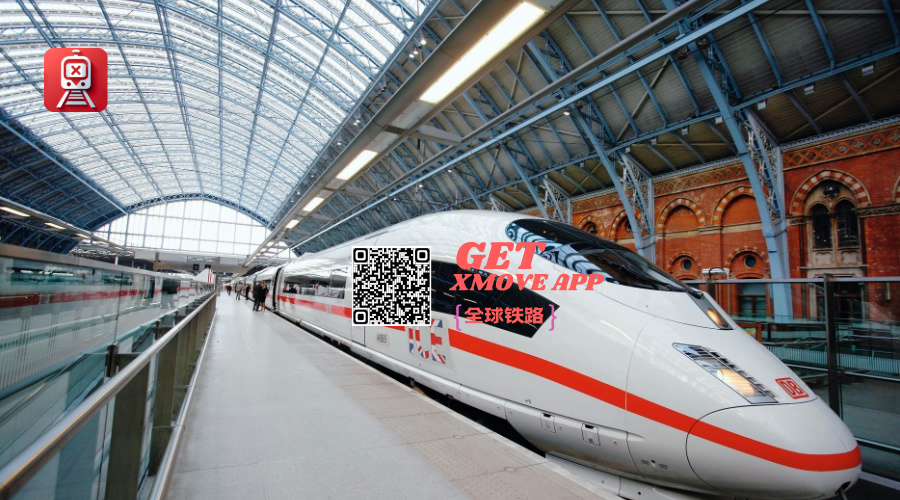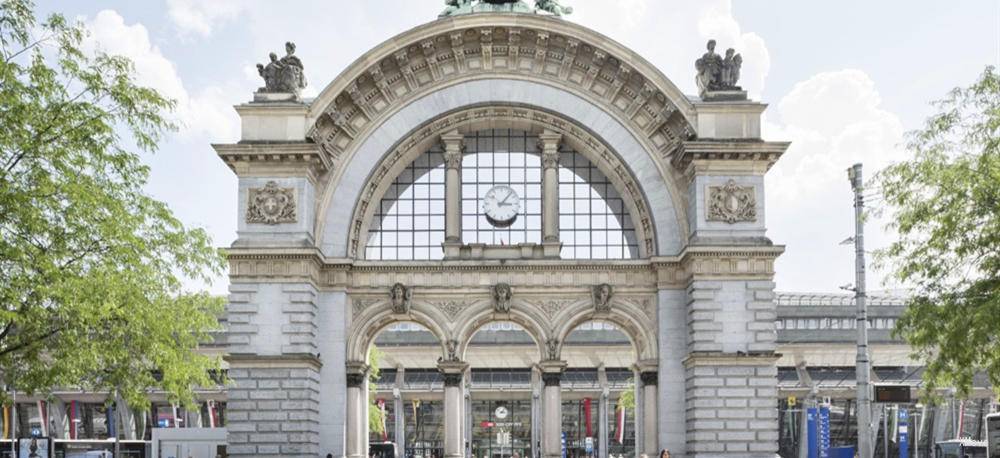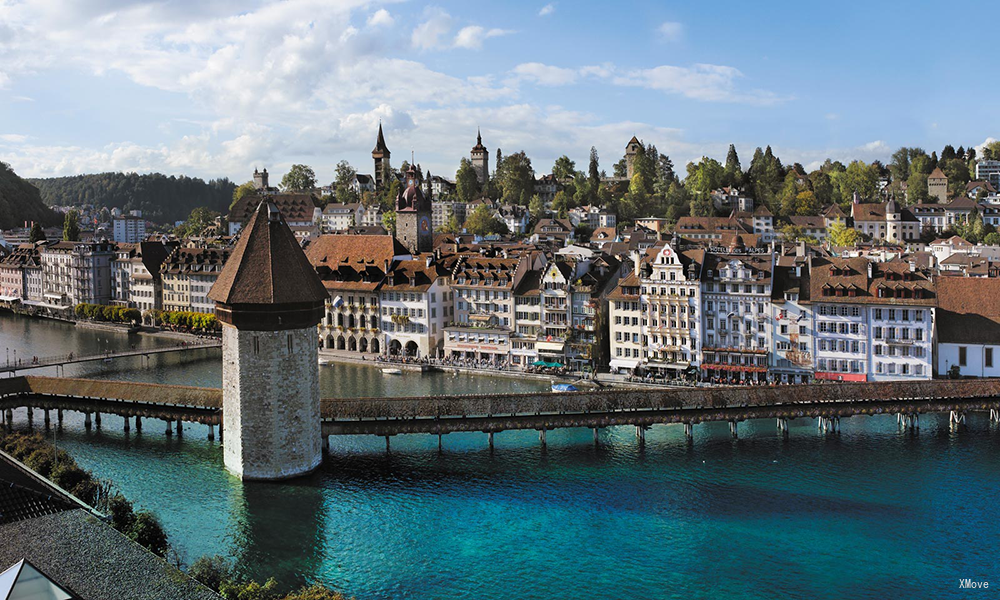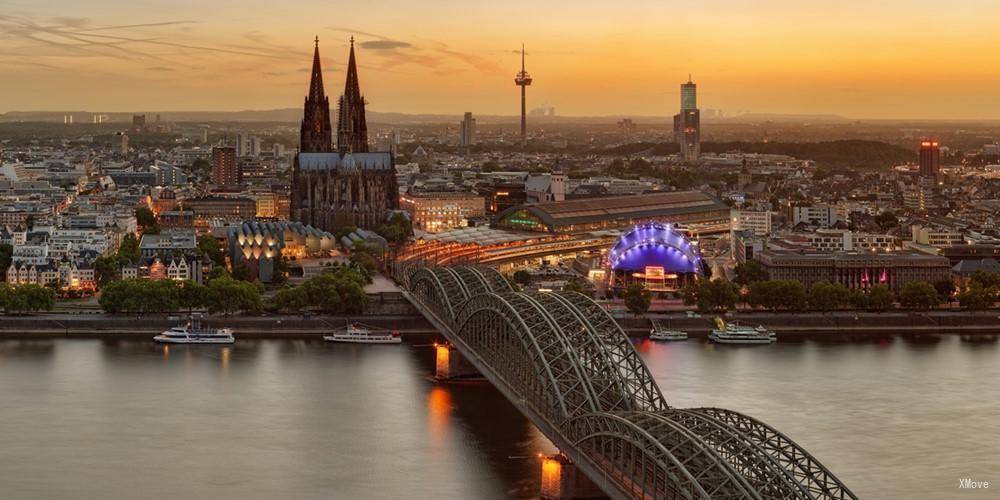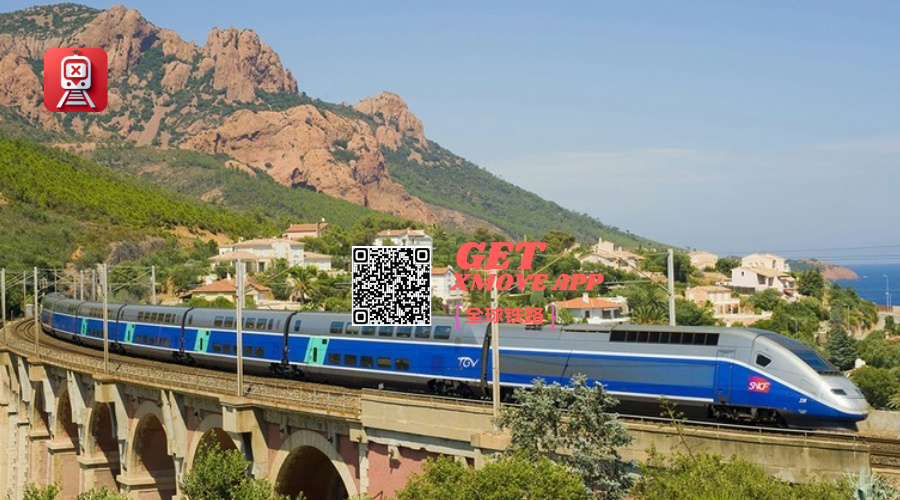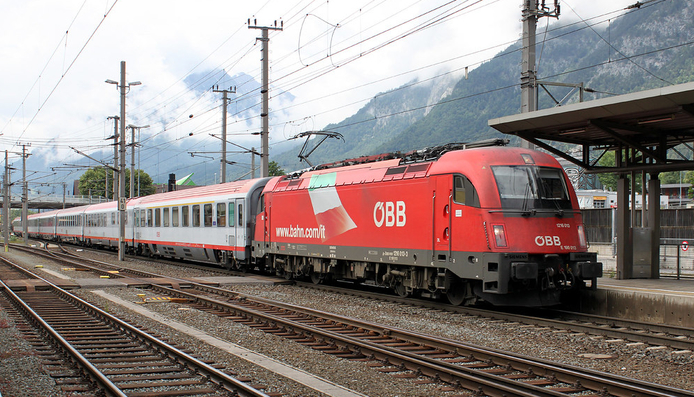Luzern
City Overview
Lucerne, also translated by Lucerne, is the city of lights in German. It is said that a palm lamp angel guided Lucerne's earliest settlers to choose the location of the church. Lucerne was originally a small fishing village, but it is surrounded by legendary mountains, surrounded by legendary mountains, and the medieval water tower and church bridge (also known as the Chapel Bridge) that stood in the lakeside river for hundreds of years. The Mill Bridge is a fusion of the unique charm of Switzerland. During the 13th and 19th centuries, Lucerne accumulated considerable wealth as the main gateway to and from the Alps. Later, her medieval old town and surrounding beauty became one of Switzerland's main tourist attractions.
As the first city to join the Swiss Confederation, today's Lucerne has become the gateway to central Switzerland and the tourism industry is thriving. The history of Lucerne’s tourism dates back to the mid-19th century. Mark Thorn described the tourism industry that was still in its infancy in the book "A Tramp Abroad". Lucerne’s business mainly consists of selling a variety of flashy tourist souvenirs. The store displays alpine crystals, photos of the sights and a variety of woodcuts.
Must visit attractions
- ##### Lake Lucerne Lake Lucerne
Lake Lucerne is located in central Switzerland, between the four forest states. The four forest states include Luzern, Uri, Schwyz and the former Unterwalden (now Oberwalden and below) Walden semi-state (Nidwalden). With a lake area of approximately 115.2km2, it is the fifth largest lake in Switzerland. Lake Lucerne is sandwiched between the peaks of the Alps, so the shape is very irregular. First, the Reuss flowed from south to north into Lake Lucerne in Flüelen, Uri, and the part of Uri is called Urnersee. Then the lake merged with the Muota River in Schwyz, and the lake shape changed from east to west. Then join the Engelberger Aa river flowing from the half-state of Lower Walden, turn to the north, the lake suddenly narrows, and after entering the state of Lucerne, it becomes wider and becomes a cross. The southwestern wing of the cross-shaped lake enters the Sarner Aa river in the Upper Half State of Upper Walden, and the northeast wing protrudes into Schwyz. The lake enters the northwest wing and flows out of the Royce River in Lucerne. Because there are many mountains on the shore of the lake, such as Mount Pilatus, Stanserhorn, and the St. Regis, the lakes and mountains form a typical Swiss landscape, which is beautiful. Both Swiss and foreigners are attracted by the magnificent scenery of Lake Lucerne, making it a tourist destination with many hotels and resorts on the shore. Visitors can take a ride around the lake, but the route is more tortuous and takes a long time. In addition, there are several ferry routes to and from the major towns on Lake Lucerne.
* ##### Royce River Reuss
The beautiful Reuss River is a jade belt at the waist of Lucerne. The river passes through the city. On one side is the old and simple old town, on the other side is a beautiful and dignified new city. The 9 bridges are the gemstones on this jade belt, and the river is sometimes gentle. Sometimes anxious. The Reuss River is like a mirror, and Lucerne, the young girl, dresses up in front of it and has a lot of style. Walking on the banks of the Reuss River, looking up and looking up, all of them are in front of your eyes.
- ##### Lion Monument Lion Monument
The lion statue that died here was designed by the Danish sculptor Tovarson in 1821. The lion, 10 meters long and 3 meters high, fell to the ground in pain. The broken spear was inserted on the shoulder and there was a shield with the Swiss national emblem. This statue is to commemorate the safety of the Louis XVI family in the Tuileries in Paris on August 10, 1792. All of the 760 Swiss mercenaries were killed. The text below the statue depicts the event. . At that time, Switzerland was a poor and backward country. Men were forced to make a living and went to European countries as mercenaries. Swiss mercenaries are loyal to employers, brave and good at war, but honors and money can't hide the cruelty of the mercenary system. After this incident, Switzerland stopped exporting mercenaries, leaving only the guards serving the Catholic Church in the Vatican. Swiss Guard. Thanks to the famous loyalty, this Swiss Guard of the Holy See has been serving until now. Later, the American writer Mark Twain came to Lucerne and praised the "death 琉 狮子 lion" as "the most tragic and touching statue in the world."
Transportation: Take the bus 1/19/22/23 to Löwenplatz
Gourmet & Accommodation & Shopping
Lucerne Little Macaron is an innovation of the Swiss chocolate store Confiserie Sprüngli. Use the same material as macarons, meringue, almonds and sugar to make the crust, sandwiched with creamy fillings of various flavors, less than half the size of French macarons. But there is no such sweetness as French, and the almond fragrant and light cream match each other.
In Switzerland, there are many varieties of cheese and different tastes. You can buy them to taste their unique taste. It is generally believed that the larger the round hole on the Swiss cheese, the better the flavor of the cheese. Cheese fondue is a Swiss favorite.
Lucerne is the most popular holiday destination for Swiss people. There are many quality family hotels here to experience the life of the locals. Most tourists choose to live in the ancient city of Lucerne and the surrounding and train station areas. The scenic lake view room is also a popular choice for enjoying the beautiful natural scenery of Lucerne.
As the most beautiful and ideal tourist city in Switzerland, the ancient city, lakes and snow-capped mountains have a panoramic view. In Lucerne, watches and chocolates are worth buying. Swiss watches, no one knows, and they are expensive. Lucerne is home to the famous Swiss watch chain, Bao Jiaer, with more than 4,000 watches. On the shopping street, there are specialty stores like the Rolex, Omega, Longines and other world-class brand watches. Even if you don't buy it, it is a very enjoyable thing to be full of happiness here.
Urban traffic
Lucerne has a well-developed tram and car network. No ticket sales are implemented, and tickets must be bought before boarding. Lucerne’s public bus routes are highly efficient and cover the entire city centre and suburbs. Tickets can be purchased from ticket vending machines at a price that is based on the length of the ride.
Lucerne - Guide, Attractions, Tours, Sightseeings | Train from/to Lucerne | Popular Routes
